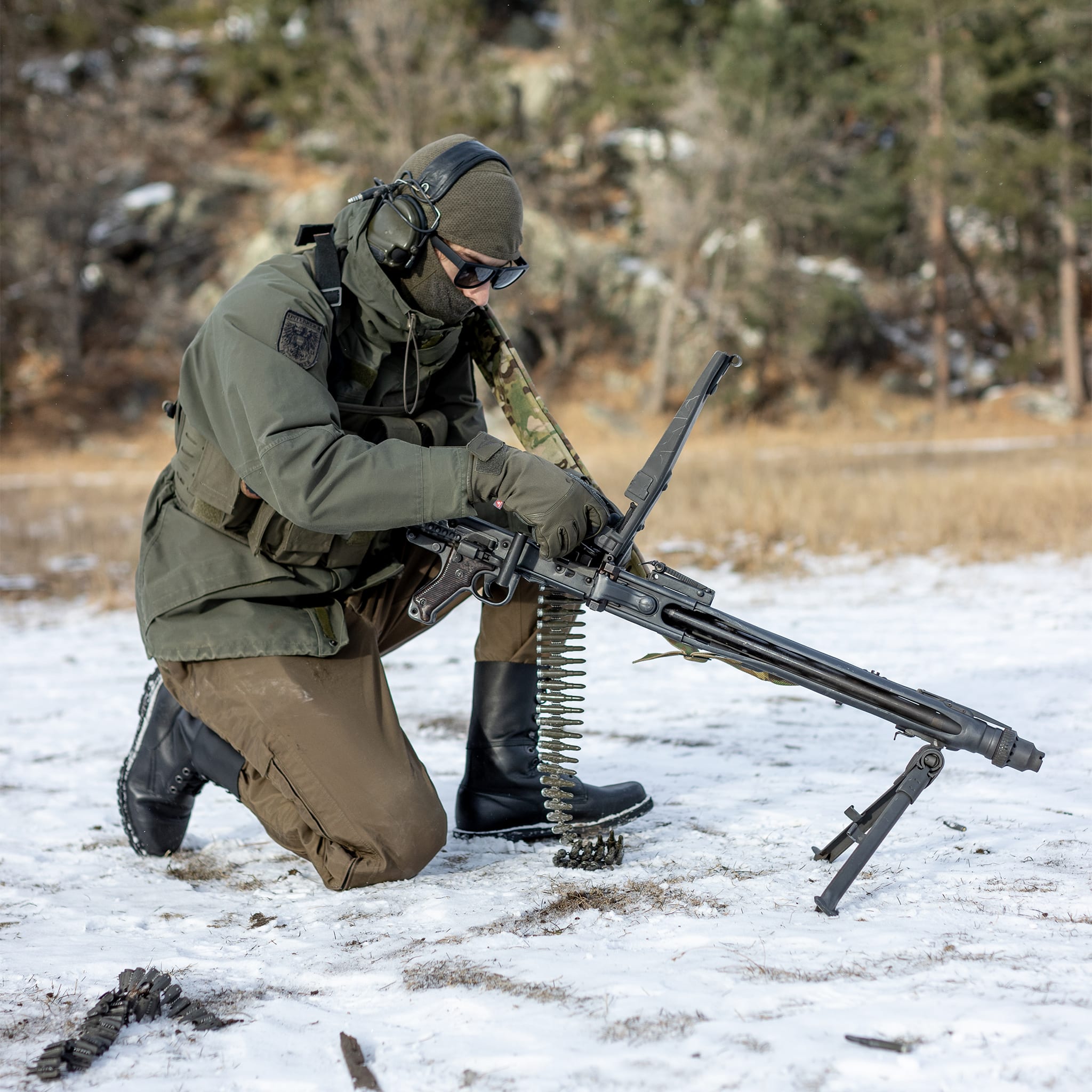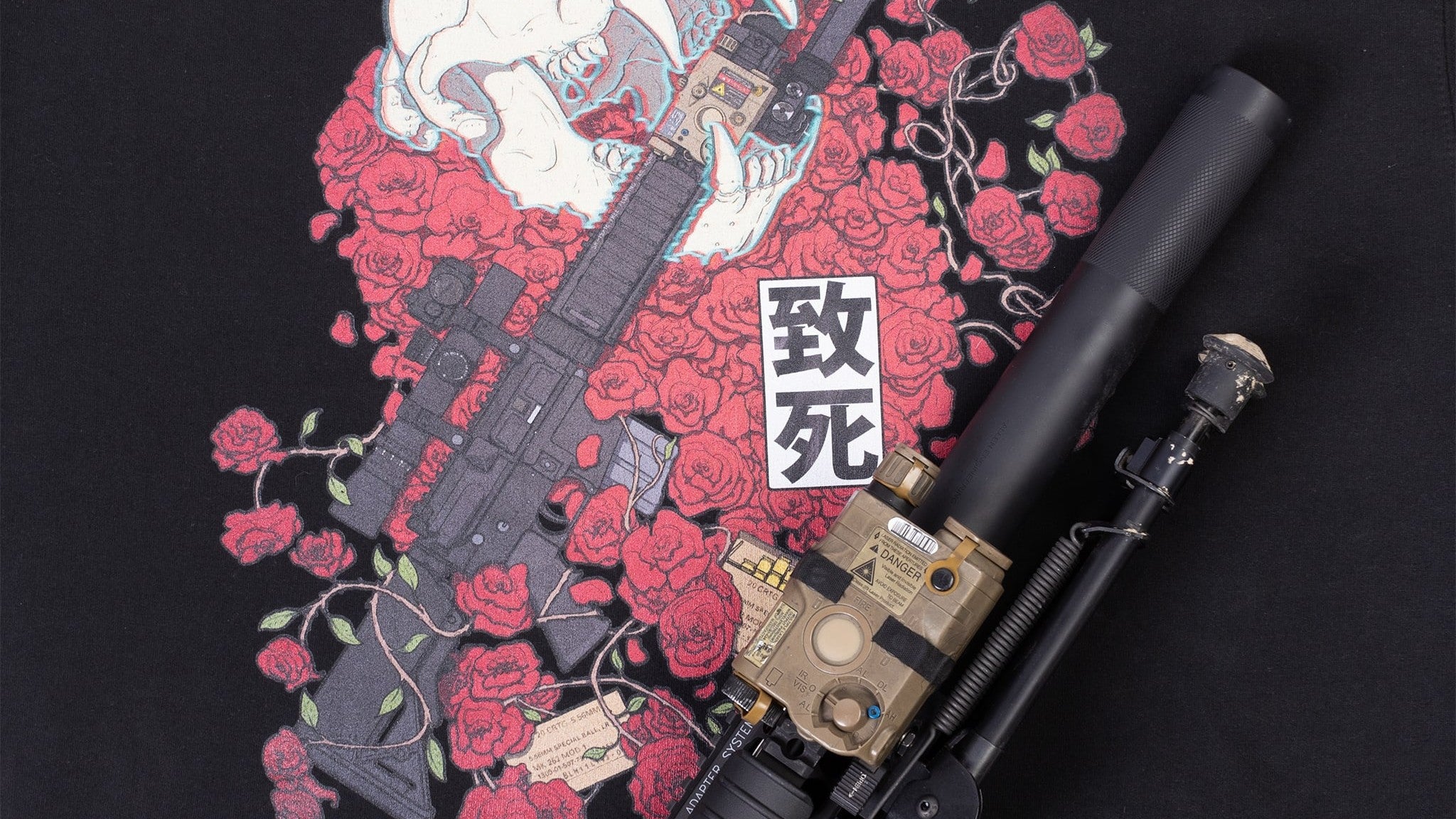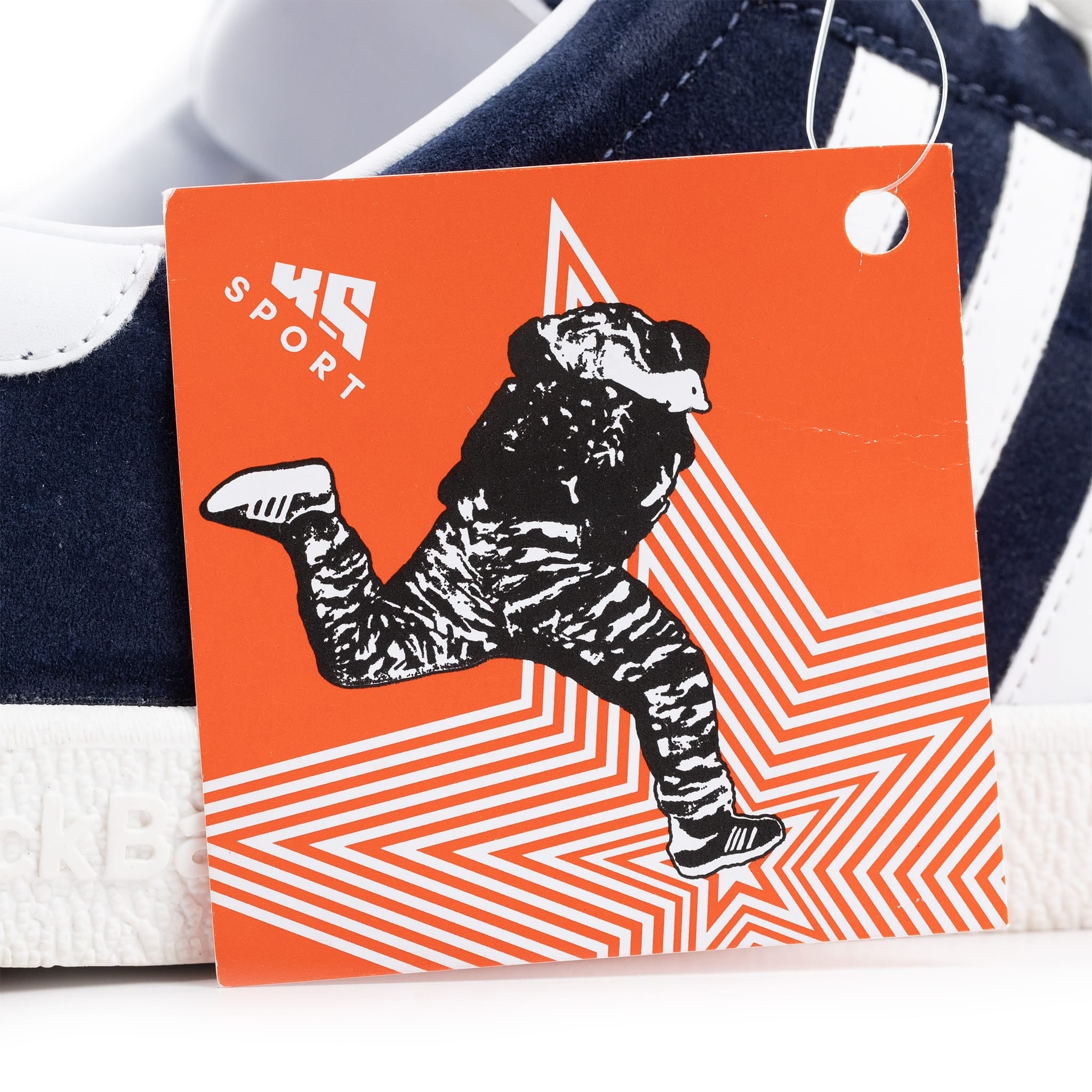Obsession With Adidas: An Olympian Story
In talking about remaking the "Mockba", a soviet replica of the beloved "Gazelle" shoe design, we had to look into what they were cloning: Adidas.
What makes a fashion brand so beloved, it becomes part of a nation's identity? It starts to make a whole lot more sense when you hit "rewind" and see where Adidas got their start as a sportswear giant.
What we found out is that it has to do with two of the most controversial Olympic Games events in history.

Germany, 1936
Adi & Rudolf Dassler out of the "Dassler Brothers Shoe Factory" were running a mildly successful family business when they began to take a look at the state of track and field footwear, mainly in the development of track spikes.
These spikes would prove to be a crucial innovation in the Berlin Olympics in 1936 - A controversial games for both who was in power during that time and the agenda that was being pushed with heavy symbolism.
All in the effort to out-do the Los Angeles games in '32, it would be Germany's own Dassler brothers that ended up being a pivotal part in the US's success story in Berlin.
James Cleveland Owens (Jesse Owens), an African American athlete, would be persuaded by Adi Dassler to try out his hand made and allegedly non-traditional spiked shoe design at the Olympic Games.
Owens would go on to win four gold medals, in the 100 & 200m sprint, 4x100 relay, and the long jump. This streak of golds instantly carved his name into the history books as the most successful Olympian at the '36 games.
And it goes mostly without saying, but he's regarded as one of if not the greatest athletes in Track & Field history.
This was excellent news for the Dassler Brothers. It cemented their reputation as the premiere sportswear suppliers for not only atheletes, but Olympians. 200,000 pairs of shoes would roll off the assembly line every year.
Of course, the success was a little bit short-lived with World War II beginning shortly after. The Dassler factory would just barely scrape by as nationalization of factories would force them to make Anti-Tank weapons for a last-ditch defense of Germany's shrinking borders.
The factory would be nearly destroyed by American ground forces, were it not for Mrs. Dassler - she allegedly reminded the Americans that they really only wanted to make shoes, and we're guessing she mentioned that they helped one of America's greatest athletes.
The factory was spared, and occupying Americans would be very, very good customers.
It seemed like Adi, who had later split off the business with Rudolf, who formed competing brand "Puma" could not be stopped in his conquest of sportswear.
Adidas was in the empire-building stage of their business, not afraid to take on interesting customers...

Russia, 1980
The postwar world would slowly turn into a frog-boil of a Nuclear standoff between the USA and Russia.
The Olympics grew into a stage for fierce competition between the superpowers and their allies — one big propaganda machine from both sides that would shred the idealism of the Olympics being the one place we can all compete in a sportsmanlike manner.
The next Olympic games in the twilight hours of the cold war were to be held in Moscow, and protests calling for boycott immediately erupted in the United States.
Some of the stickers & pins that came from that inspired us to re-create it once more - nothing wrong with a little merchandised anti-communism.
Adidas decided they wanted to represent the world's finest athletes from all countries. In a ballsy move, they would take charge and make the Iconic tracksuits of Russian Athletes who would somehow do very well in their home-country's games.
In Russia and (at the time) other USSR-aligned countries, the appearance of the brand on their most beloved Olympian athletes catapulted the brand into cult-status.
The striped tracksuits wouldn't just be for sports, but for leisure. Wearing to and from a hard day's work, going for a stroll in the park, getting into all kinds of trouble with your friends. Those stripes meant something far greater than a German brand that dared to tread it's Gazelles into the USSR. We're not sure if it was some kind of internal celebration of Soviet Exceptionalism, because the hooligan punk youths or "Gopniks" made the stripes their identity.

The Rug Gets Pulled
With all that demand meant a lot of money for German Business, Right?
Prior to the Moscow games, Russia eagerly invited brands like Adidas to start producing in Russia as a condition of being represented in the games — a move that made sense on paper, until after the games.
The Factories were nationalized. The tooling didn't go anywhere but the companies were unceremoniously booted from the USSR once more. Adidas' bread and butter left on the table; the bootleg market erupted in response to the demand.
One of their most popular shoes, the Gazelle or previously the "Olympiade" would be copied, and copies of those copies would appear, and then copies of copied copies would appear. Tracksuits with differently colored stripes, more stripes, or less stripes. The results go from downright ugly to ironically hilarious.
So, a watchful eye will notice in many historical photos, but especially those from the Soviet Occupation of Afghanistan, mysteriously low-quality Gazelles, or some shoes with fewer or greater than the golden three stripes appear all over the place.
They're no mockery of Adi's legacy, they're just Mockbas.






